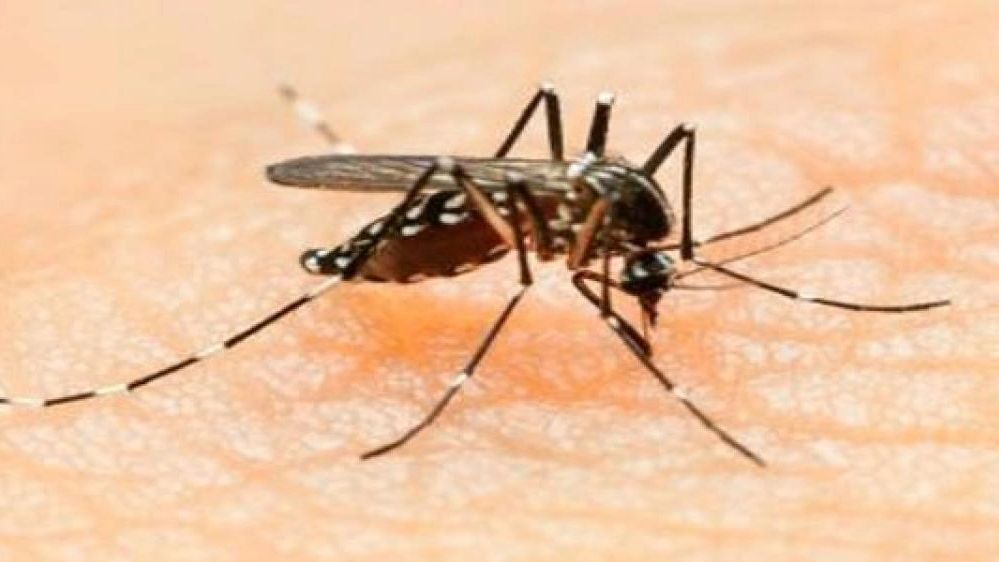The escalation of culex mosquitoes in the Goda Ghat area of Nashik, fuelled by stagnant water in the river and surrounding river basins, has triggered concern among residents. The ideal breeding conditions provided by numerous water bodies have led to a surge in mosquito populations, causing heightened annoyance for locals. In response to this pressing issue, residents have called upon authorities to take swift action.
The Malaria Department of the Nashik Municipal Corporation (NMC) has also stepped in, urging the Godavari Conservation Department to eliminate the water sources contributing to mosquito breeding. Observations by health department officials revealed discarded items, such as old clothes, littering the riverbed, exacerbating water accumulation and mosquito proliferation along the riverbanks.
Culex mosquitoes do not transmit diseases like dengue or malaria, but their bites have become a significant nuisance for residents, particularly amidst concerns over swine flu cases. To address this issue, the Malaria Department plans to conduct mosquito control spraying in and around river banks, targeting areas with high mosquito density.
Furthermore, the issue of water pollution in the river, exacerbated by wastewater and chemical discharge from industrial areas, has become a pressing concern. This pollution not only impacts Nashik city but also jeopardises water supply schemes in nearby villages. MLA Dilip Bankar has urged the government to adopt effective measures, citing the Ulhas river model as a potential solution to tackle river pollution.
Dr Rawate, Head of the Malaria Department, NMC, said, “We will soon start spraying mosquito repellent solutions along the river bank and destroy the breeding sites.”
